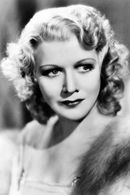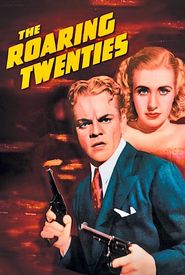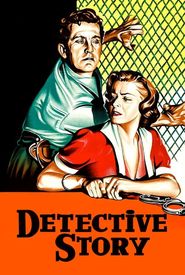Gladys George was a talented character actress who rose to prominence in Hollywood during the 1930s and 1940s. Born into an acting family, George's parents were English and touring with a Shakespearean theater company in Patten, Maine, at the time of her birth, which is believed to have been either 1900 or 1904.
As a child, George began performing with her parents in a vaudeville family act called The Three Clares, which consisted of George, her parents, and her siblings. This early start in show business sparked George's interest in acting, and she went on to develop her craft on the stage.
George made her Broadway debut in 1918 in the original play "The Betrothal," starring Isadora Duncan. She then worked with the famous Broadway star Pauline Frederick, who helped George develop her skills and introduced her to the world of film.
George began her film career in the late 1910s, initially appearing in silent films as the young female romantic lead. However, her career was put on hold after she was severely burned in an accident, which caused a delay in her early film career.
After recovering from her injuries, George returned to the stage and married for the first time. She later remarried to millionaire Edward H. Fowler, who helped her further her career in Hollywood.
George's breakthrough role came in 1934 with the film "Straight Is the Way," an adapted play in which she played the mouthy bad girl. Her performance earned her a contract with MGM and led to a series of successful films throughout the 1930s and 1940s.
Some of George's most notable roles include "Valiant Is the Word for Carrie" (1936),"Madame X" (1937),"Marie Antoinette" (1938),"The Roaring Twenties" (1939),and "The Maltese Falcon" (1941).
In the 1940s, George continued to appear in films, including "Hit the Road" (1941) and "The Best Years of Our Lives" (1946),for which she received critical acclaim for her nuanced portrayal of the second wife of an aging failure.
Despite her success, George's personal life was marked by her struggles with addiction and her tumultuous relationships. She was married three times and had a reputation for being a party girl.
George's health began to decline in the late 1940s, and she was eventually diagnosed with cirrhosis of the liver, advancing throat cancer, and cumulative heart disease. She passed away in 1954 at the age of 54, with some speculating that she may have taken an overdose of sleeping pills to end her life.
Throughout her career, George was known for her talent, her range, and her ability to convey pathos and emotion on screen. Despite her struggles with addiction and her personal demons, George remains a beloved figure in Hollywood history, remembered for her iconic performances and her enduring legacy in the world of film.












































